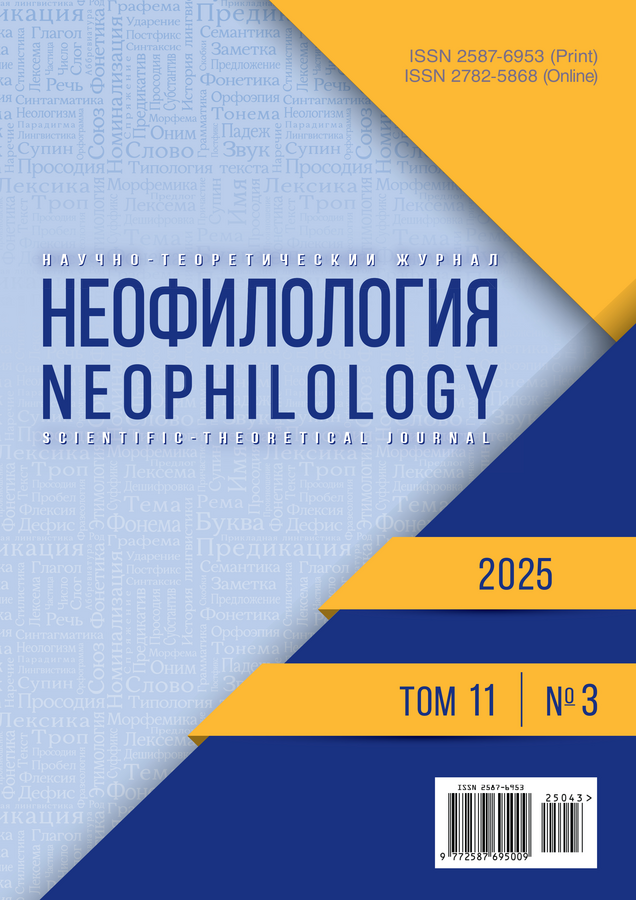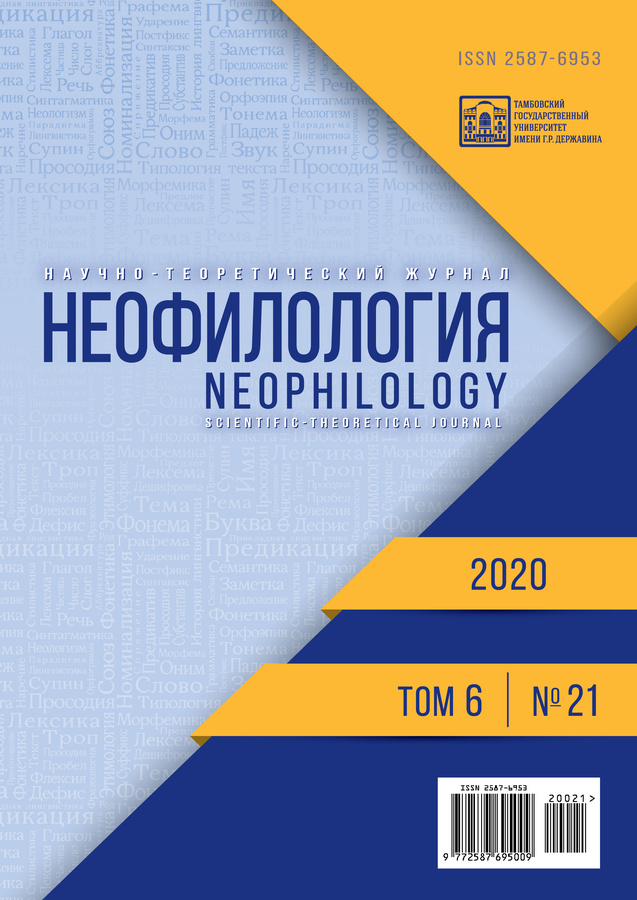Сквозь «мутную решётку»: психоаналитический трансфер как художественная репрезентация мультикультурной парадигмы в фильме Ларса фон Триера «Элемент преступления»
- Авторы: Колчанов В.В.1
-
Учреждения:
- ФГБОУ ВО «Тамбовский государственный университет им. Г.Р. Державина»
- Выпуск: Том 6, № 21 (2020)
- Страницы: 189-200
- Раздел: КУЛЬТУРОЛОГИЯ
- URL: https://journal-vniispk.ru/2587-6953/article/view/302801
- DOI: https://doi.org/10.20310/2587-6953-2020-6-21-189-200
- EDN: https://elibrary.ru/DIXRIS
- ID: 302801
Цитировать
Полный текст
Аннотация
Исследуется психоаналитический трансфер, использованный датским режиссёром Ларсом фон Триером в его дебютной кинокартине «Элемент преступления» (1984). Рассматриваются этапы лечебного сна, его композиция и структура. Наряду с гипнозом анализируются мотивы художественной системы сюрреализма: удушения, тошноты, наркоза, садистских и мазохистских жестокостей, утопления и отравления, божественности пениса, канализации и испражнений, разложения вещей, падали и прочих немыслимых мерзостей. Показывается, как сюрреализм становится неотъемлемой частью глобальной современной художественной системы – постмодернизма. Самое пристальное внимание уделяется такому постмодернистскому принципу и таким приёмам изображения действительности, как искажение хронотопа, сингулярность и складка. Исследуется «неомифологизм» и мистериальность кинокартины. К демонстрации первого явления привлекаются мифы, секретные аллегории и магические практики всех времён и народов. Сам же путь героя-поли-цейского излагается как посвящение «неофита» в мистерию, как катабасис, как юнговский архетип «ухода рыцаря в темноту». Особое место в работе отводится анализу сатирических средств воздействия на зрителя: элементов фарса, буффа и гротеска. В этом поле едкой сатиры Л. фон Триера лежит, как мы считаем, политика мультикультурализма, до сих пор проводимая странами Евросоюза и становящаяся последним, «ночным» витком в эпохе «заката» христианской цивилизации. Жанры прошлых столетий (средневековая мистерия, идиллия, фантасмагория), присутствующие в структуре фильма, также усиливают его сатирический и злободневный характер.
Ключевые слова
Об авторах
В. В. Колчанов
ФГБОУ ВО «Тамбовский государственный университет им. Г.Р. Державина»
Автор, ответственный за переписку.
Email: vla-kolchanov@yandex.ru
ORCID iD: 0000-0001-9755-2378
кандидат филологических наук, доцент, доцент кафедры русской и зарубежной литературы, журналистики
392000, Российская Федерация, г. Тамбов, ул. Интернациональная, 33Список литературы
- Стратанович Г.Г. Народные верования населения Индокитая. М.: Наука, 1978.
- Иванова О.М. Метаморфозы и трансимагинации. СПб.: ЛИСС, 2004.
- Холл М.П. Энциклопедическое изложение масонской, герметической, каббалистической и розенкрейцеровской символической философии. Интерпретация Секретных учений, скрытых за ритуалами, аллегориями и мистериями всех времен. СПб.: СПИКС, 1994.
- Хюбнер К. Истина мифа. М.: Республика, 1996.
- Ницше Ф. Происхождение трагедии из духа музыки // Ницше Ф. Соч.: в 2 т. М.: Мысль, 1996. Т. 1.
- Мелетинский Е.М., Неклюдов С.Ю. Тибето-монгольская Гэсэриада // История всемирной литературы: в 9 т. М.: Наука, 1985. Т. 3. С. 692-695.
- У Чэнъэнь. Сунь-Укун – царь обезьян. М.: Худ. лит., 1982.
Дополнительные файлы











